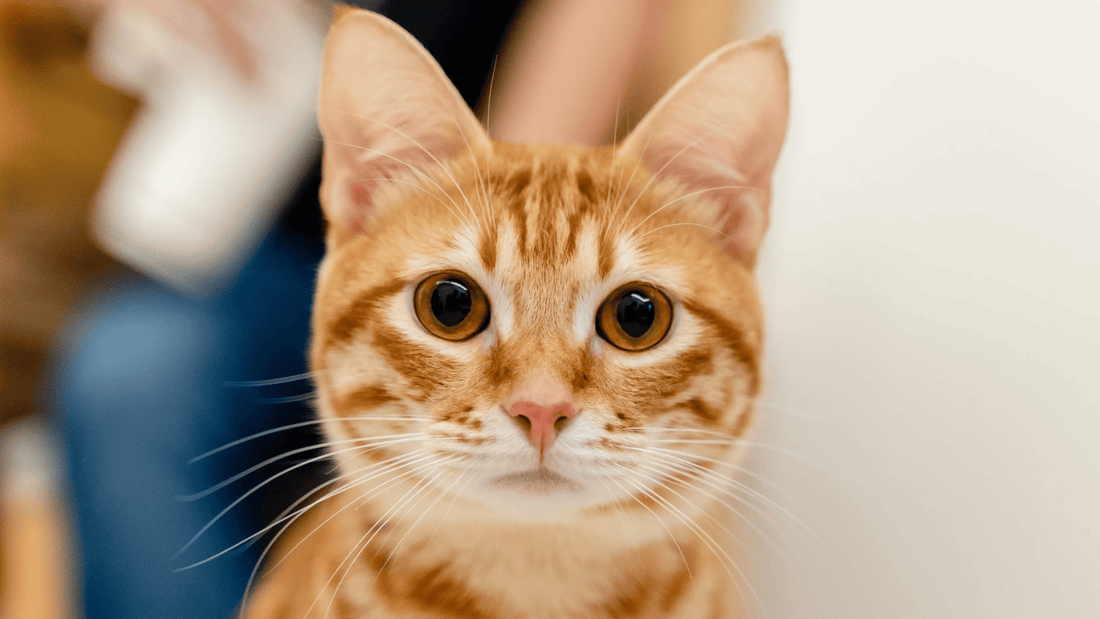
Types of Pusa: Meet the Many Faces of the Puspin
Share
In every barangay, kanto, or rooftop in the Philippines, you’re sure to see a friendly cat basking in the sun or gracefully jumping from wall to wall. These are our Puspins—short for Pusang Pinoy—the cherished native cats of the Philippines. Although they don’t belong to any international pedigree, their charm, resilience, and striking variety make them truly unique.
What Is a Puspin?
The term “Puspin” was popularized by animal welfare groups to remove the stigma around native and stray cats (which were formerly called “Pusakal,” meaning pusang kalye), and to encourage their adoption.
A Puspin is a mixed-breed or native cat found all over the Philippines. These cats are often rescued from the streets, adopted from shelters, or given by neighbors. Puspins are known for being low-maintenance, loving, and highly adaptable.
“They adjust well to different environments and living conditions,” said Pasay-based The Veterinary Hub.
Why Puspins Are Special
Unlike some pedigree breeds, Puspins benefit from a diverse gene pool, which typically makes them healthier and more robust compared to some purebreds. Their resilience is a significant reason for their popularity.
In addition, The Veterinary Hub shared that Puspins are independent yet affectionate. “Puspins balance independence with moments of affection.”
Common "Types" of Puspins (By Looks)
While Puspins aren’t classified by breed standards, Filipinos often recognize them by their colors and patterns, including:
Orange

Famous for their bright orange coats and stripes, these pusa are confident, playful, and malambing. These felines are also mostly male (some say as much as 80% of the population!) due to genetics.
“This is because a male kitten inherits just one X chromosome, from its mother, whereas female kittens inherit an X chromosome from each parent,” the Smithsonian explained. “So, it’s less likely that a female cat would receive two copies of the Arhgap36 variant that produces orange color. For a male, however, the cat only has to receive one copy of the gene.”
Tilapia

Named for their mottled, multi-colored fur that resembles fish scales, particularly tilapia, these Puspins display unique, mixed patterns which help camouflage them when out hunting. It is widely believed among Filipino cat owners that these felines are street-smart.
Calico

These are Puspins with tri-colored coats — a combination of white, black, and orange. They are often admired for their graceful appearance but also known to be strong-willed and feisty. Similar to orange tabbies, many calico cats are from one gender (in this case, female) because of genetics.
“As for tortoiseshells and calicos, they are often the offspring of a black cat and an orange cat. These kittens would have inherited one X chromosome with the ‘orange gene’ and one without that variant, making them female,” the Smithsonian added.
“As the embryo develops, cells randomly choose which chromosome to express, or make visible, on different parts of the cat’s pelt. The chromosome that is not chosen is inactivated’, and the randomness of this process is what gives tortoiseshells their striking pattern. Calico cats, additionally, have patches of white.”
Tortoiseshell

Often mistaken for Calicos, the Tortoishell (or simply Tortie) is a mottled mix of black, orange, and brown, with no white. They are less common than their tri-colored counterparts, but they are equally striking. Torties are believed to have sassy personalities, or what some would say, “tortitude.” Taray!
Black

Many cultures share superstitions that unfairly associate black Puspins with bad luck. We’d like to disagree. These cats are some of the most affectionate, friendly, and loyal pusa you’ll meet.
“Unfortunately, such quaint old superstitions have real-world consequences. Most of the time, black cats have to wait much longer for adoption than felines of other colors,” said CARA Welfare Philippines.
They added that in some countries, black Puspins are even considered lucky. For instance, in Scotland, it is believed that you will attain great wealth if a black cat shows up at your door.
“Black cats are not ‘unlucky’ as still often portrayed in media. They deserve just as much love, kindness, and compassion as any other cat,” CARA Welfare Philippines added. “CARA has several black cats available for adoption. Please consider welcoming one of them into your home.”
White

White tabby Puspins are not fully white. They usually have a snowy base coat with soft tabby markings — these could be pale orange, gray, or light brown and are typically found on the head, ears, legs, and tail. Some may appear almost completely white at first glance, especially those with faint patterns.
Did you know that white Puspins are the most vulnerable to sunburn (especially on ears and nose) due to light pigmentation?
Take note: all the categories above aren’t official. They’re more like fun archetypes based on the observations of Filipino cat owners. You’ll often find lively discussions about them in communities like r/catsofrph on Reddit.
Why You Should Adopt a Puspin
Instead of buying a cat, consider adopting a Puspin. Not only are you saving a life, but you’re also helping reduce the stray animal population. According to animal welfare groups, thousands of cats and dogs are abandoned each year in the Philippines, many of them Puspins.
These cats can be loyal, loving, and low-maintenance companions. Plus, when you adopt, you’re giving a local pusa the chance to thrive in a forever home.
Final Meow
Whether you’ve got a posh Persian or a street-smart Puspin, every cat deserves love. But there’s something truly Filipino about opening your heart—and your home—to a native cat who’s survived on wit, charm, and grit.
So the next time someone asks what kind of pusa you have, say it loud and proud: Puspin ako!
